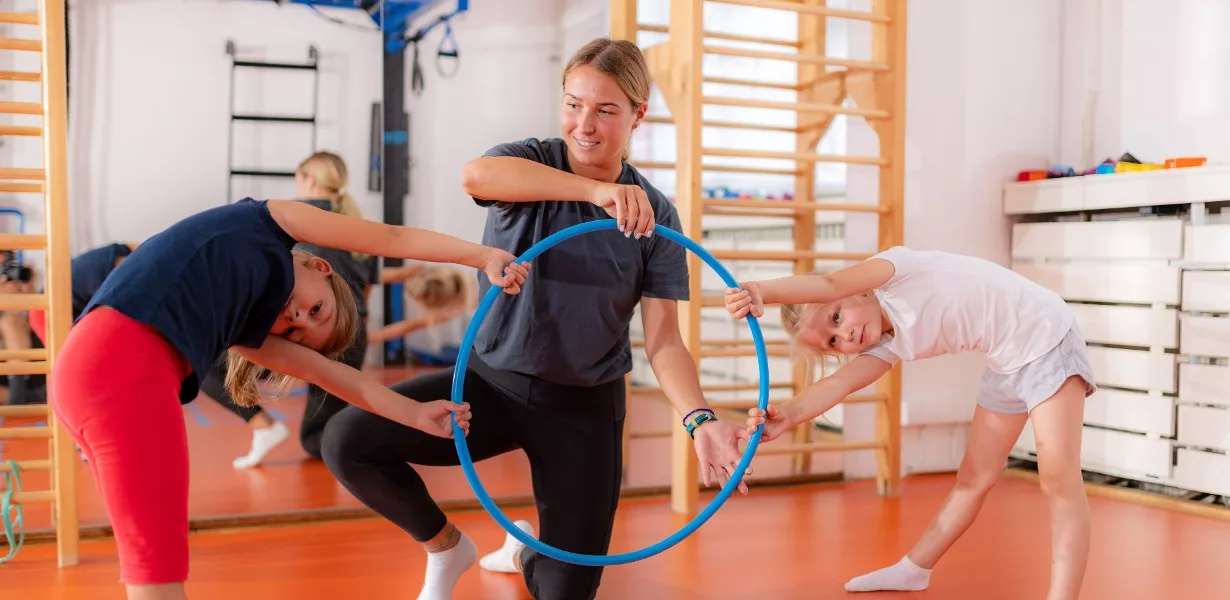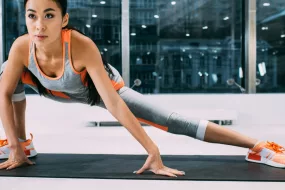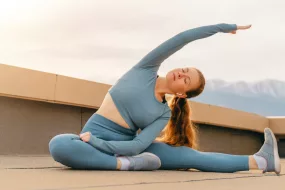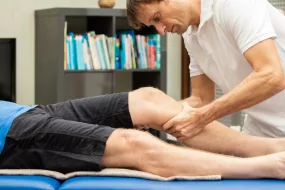
Welcome to our comprehensive guide on corrective exercises, where we explore the transformative power of targeted movements in correcting posture and improving overall alignment. As experts in the field of corrective exercise, we understand the critical role it plays in optimizing musculoskeletal health and enhancing physical performance. In this article, we will delve into the world of posture correction exercises, unveiling the benefits, techniques, and key considerations. Whether you’re seeking to alleviate discomfort, enhance your posture, or prevent future issues, this guide will empower you with actionable insights and exercises to unlock your body’s potential.
The Key to Optimal Alignment
Understanding Corrective Exercise
Corrective exercise is a specialized approach that focuses on identifying and addressing muscular imbalances and movement dysfunctions that contribute to poor posture and compromised movement patterns. By utilizing a combination of targeted exercises, stretching techniques, and mobility drills, corrective exercise aims to restore balance, improve joint alignment, and enhance overall function. It is a proactive and preventive approach that helps individuals achieve optimal alignment, alleviate pain, and reduce the risk of future injuries.
Unveiling Posture Correction Exercises
1. Upper Cross Syndrome Reversal
Upper Cross Syndrome is a common postural imbalance characterized by rounded shoulders, forward head posture, and a weakened upper back. To reverse this condition, one effective exercise is the Wall Angels. Stand with your back against a wall, heels, hips, and shoulders in contact with the wall. Extend your arms out to the sides, bending them at 90 degrees with your elbows and wrists touching the wall. Slowly slide your arms up and down the wall, maintaining contact with the wall throughout the movement. This exercise strengthens the upper back muscles and helps correct rounded shoulders.
2. Lower Cross Syndrome Reversal
Lower Cross Syndrome manifests as an anterior pelvic tilt, excessive curvature in the lower back, and weak abdominal and gluteal muscles. The Reverse Plank is an excellent exercise for addressing this condition. Begin by sitting on the floor with your legs extended in front of you and your hands placed on the floor behind your hips, fingers pointing toward your feet. Lift your hips off the ground, creating a straight line from your head to your heels. Engage your glutes and core muscles while maintaining a neutral spine. This exercise helps strengthen the posterior chain and promotes proper alignment of the pelvis and lower back.
3. Rounded Shoulders Correction
Rounded shoulders are often the result of prolonged sitting, hunching over electronic devices, or weak upper back muscles. The Scapular Retraction exercise targets the muscles responsible for retracting the shoulder blades. Begin by standing or sitting upright with your arms by your sides. Squeeze your shoulder blades together, imagining you’re trying to hold a pencil between them. Hold this position for a few seconds and then release. Repeat for several sets, focusing on proper form and controlled movements. This exercise helps strengthen the rhomboids and mid-back muscles, promoting better posture and shoulder alignment.
FAQ
Q!1. What is a corrective exercise specialist?
A corrective exercise specialist is a trained professional who possesses advanced knowledge of human movement and postural assessment. They are skilled in identifying muscular imbalances, movement dysfunctions, and postural deviations. Through comprehensive evaluations, they develop personalized corrective exercise programs to address specific issues, improve alignment, and enhance overall function.
Q2. How long does it take to see results from corrective exercises?
The timeline for seeing results from corrective exercises varies depending on individual factors such as the severity of the imbalance, consistency of exercise, and adherence to proper form. In general, significant improvements can be observed within several weeks to a few months of consistent practice. However, it’s important to note that the journey towards optimal alignment and posture is ongoing and requires a long-term commitment.
Q3. Can I perform corrective exercises on my own or should I seek professional guidance?
While there are corrective exercises that can be safely performed independently, it is advisable to seek guidance from a qualified corrective exercise specialist, especially if you have pre-existing conditions or complex postural issues. They can assess your specific needs, design a tailored exercise program, and provide guidance on proper form and progression.
Q4. Are corrective exercises beneficial for athletes and active individuals?
Absolutely! Corrective exercises are highly beneficial for athletes and active individuals. They help improve movement efficiency, enhance performance, and reduce the risk of injuries. By addressing muscular imbalances and movement dysfunctions, corrective exercises optimize biomechanics, allowing athletes to perform at their peak while minimizing the strain on vulnerable areas.
Q5. What other factors contribute to good posture besides corrective exercises?
In addition to corrective exercises, maintaining good posture involves several key factors, such as ergonomic adjustments in the work environment, mindful body awareness, regular stretching, and strengthening exercises targeting the core and postural muscles. Developing proper posture habits throughout daily activities, such as sitting, standing, and lifting, also plays a crucial role in supporting optimal alignment.
Conclusion
In conclusion, the journey to perfect posture and optimal alignment begins with corrective exercises. By incorporating targeted movements into your daily routine, you can address muscular imbalances, improve joint alignment, and unlock your body’s full potential. Whether you’re seeking to correct rounded shoulders, reverse lower cross syndrome, or alleviate discomfort, the power of corrective exercises is within your grasp. Remember to consult with a corrective exercise specialist for personalized guidance and a tailored program. Embrace the transformative power of corrective exercises and embark on a path towards better posture and enhanced well-being.
Advertisement









